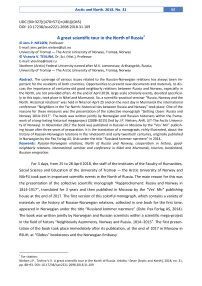A great scientific tour in the North of Russia
Автор: Jens P. Nielsen, Victoria V. Tevlina
Журнал: Arctic and North @arctic-and-north
Рубрика: Reviews and reports
Статья в выпуске: 31, 2018 года.
Бесплатный доступ
The coverage of various issues related to the Russian-Norwegian relations has always been important for the residents of both countries. Opportunities to present new documents and materials, to discuss the importance of centuries-old good neighborly relations between Russia and Norway, especially in the North, are not provided often. At the end of April 2018, large-scale scholarly events, devoted specifically to this topic, took place in Nikel and Murmansk. So, a scientific-practical seminar “Russia, Norway and the North. Historical relations” was held in Nikel on April 25 and on the next day in Murmansk the international conference “Neighbors in the Far North: historical ties between Russia and Norway” took place. One of the reasons for these measures was the presentation of the collective monograph “Getting closer: Russia and Norway 1814–1917”. The book was written jointly by Norwegian and Russian historians within the framework of a long-lasting historical megaproject (2008–2015) (led by J.P. Nielsen, AHR, UIT-The Arctic University of Norway). In November 2017 the book was published in Russian in Moscow by the “Ves’ Mir” publishing house after three years of preparation. It is the translation of a monograph, richly illustrated, about the history of Russian-Norwegian relations in the nineteenth and early twentieth centuries, originally published in Norwegian by the Pax Forlag AS, Oslo under the title “Russland kommer nærmere” in 2014.
Russian-Norwegian relations, North of Russia and Norway, cooperation in history, goodneighborly relations, international seminar and conference in Nikel and Murmansk, tourism, borderland, Russian emigration
Короткий адрес: https://sciup.org/148318539
IDR: 148318539 | УДК: [94+327]((470+571)+(481))(045) | DOI: 10.17238/issn2221-2698.2018.31.109
Текст научной статьи A great scientific tour in the North of Russia
For 3 days, from 25 to 28 April 2018, the staff of the institutes of the Faculty of Humanities, Social Science and Education of the University of Tromsø — the Arctic University of Norway and NArFU took part in important scientific events in the North of Russia. The main reason for this was the presentation of the collective scientific monograph “Rapprochement: Russia and Norway in 1814-1917”, translated for 3 years and then published in Moscow by the “Ves’ Mir” publishing house at the end of 2017. The first version of this colorful monograph, which contains a variety of materials on the history of Russian-Norwegian relations, collected in one book for the first time, appeared in Norwegian under the title “Russland kommer nærmere” (Oslo: Pax Forlag AS, 2014). The book was written jointly by Norwegian and Russian scientists within a scientific mega-project in the field of history “Neighbourly Asymmetry. Norway and Russia. 1814–2015”. The first presentation of the book took place immediately after its publication, at the end of 2017 in Moscow in RSUH, at “Globus” bookstores and the Norwegian Embassy.
∗ For citation:
April 25, 2018 at the History Museum of the Pechenga district of the Murmansk region, in the border town of Nickel, with a full audience at the international scientific seminar “Russia, Norway and their North. Historical relations”, Professor Jens Petter Nielsen, honorary doctor of the Northern (Arctic) Federal University named after M. V. Lomonosov and the leader of the project, told in detail about it, and presented it as the scientific editor of the book. But the workshop in Nikel was devoted not only to a presentation of a new 700 pages book. It also had a more extended theme: the audience was impressed by an interesting performance of Petya Mankova, a researcher at the University of Tromsø — the Arctic University of Norway, who was an editor of illustrations for the book “Rapprochement: Russia and Norway in 1814-1917”. She talked about the social role of paintings, photos and drawings in the coverage of centuries-old Russian-Norwegian relations.
Then the Doctor of History, NArFU Professor V.V. Tevlina made a report on Russian emigrants and their life in Norway before and after 1917, as well as in the post-Soviet period up to the present time. She reported on the number of emigrants, how they had become active in cultural and economic life in their new country after a short period of adaptation, and preservation of traditions. In Nikel, the presentation of scientific materials on the development of Russian and Norwegian towns in the North in the Soviet period, collected during an international research project on economic history, was made by the Professor of the Institute of Tourism and Northern Studies, University of Tromsø — the Arctic University of Norway Urban Wråkberg.
Local researchers also participated in the seminar. So, an interesting presentation was made by Marina Sorokina, a chief librarian of the Central library of the Pechenga district of the Murmansk region, who told about her 15-year-old collection of materials about Norwegians on the Murman coast in 11th — 20th centuries. At the end of the seminar, the report of the consultant on cross-border cooperation of the Pechenga district administration of the Murmansk region Tatyana Bazanova was presented. She told about the results of her research on the perception of residents of the Russian-Norwegian border region of the changing political situation in the world, held in 2014-2017.
It is symbolic that the seminar was opened in Nikel, addressing the historical parallels and important milestones of Russian-Norwegian relations. It resulted were summed up by not only the Director of the Local History Museum of the Pechenga District Elena Popova, who hosted guests in the new exhibition hall for the first time, but also the Head of the Pechenga district Alexander Morozov and the Consul General of the Russian Federation in Kirkenes Sergey Shatunovsky-Byurno.
It is important to note that the seminar in the town of Nickel was dedicated to the 25th anniversary of the Treaty of friendship and cooperation between the University of Tromsø — the Arctic University of Norway, and the Pomor state University named after M. V. Lomonosov (since 2011 — the Northern (Arctic) Federal University). This agreement was largely initiated by historians and physicians. Moreover, the scientific seminar in Nikel was dedicated to the 50th anniversary of the University of Tromsø — the Arctic University of Norway. After the seminar, a special copy of the book “Rapprochement: Russia and Norway in 1814-1917” was given to the Museum of Nikel. All the participants of the meeting agreed to hold a series of scientific lectures on various aspects of Russian-Norwegian relations for teachers, librarians, museum workers and everyone living in the border area.
On the other day, April 26, the international scientific conference “Neighbors in the Far North: historical ties of Russia and Norway” was held on the same interesting and more extended topic. It was held in Murmansk, at the Murmansk Arctic State University, a partner of the University of Tromsø — the Arctic University of Norway. It is symbolic that the conference was officially and very warmly welcomed not only by the rector of the Murmansk Arctic State University, Professor Andrey Sergeev, but also by two consuls representing different sides of the Russian-Norwegian border: Consul General of the Russian Federation in Kirkenes Sergey Shatunovsky-Byurno and Consul General of the Kingdom of Norway in Murmansk Eric Svedahl. Moreover, Radina Trengereid, Advisor for education, science and technology of the Embassy of the Kingdom of Norway in Moscow, made a speech on the importance of cultural, educational and scientific relations at the conference.
At the conference in Murmansk, the collective monograph “Rapprochement: Russia and Norway in 1814-1917” was presented for students, teachers and guests of the University. The whole day, other issues related to Russian-Norwegian relations for several centuries were discussed. So, there were also those scientists from the University of Tromsø — the Arctic University of Norway and NArFU, who had already performed in Nikel. However, they have presented some other topics in their reports. Professor J.P. Nielsen analyzed the importance of the Great Russian Revolution and its consequences for Norway. Understanding the role of people and their value in maintaining good-neighborly relations between Russia and Norway in 20th – 21st centuries was represented by Professor V.V. Tevlina; the importance of natural and cultural heritage for tourism in the Arctic in case of Svalbard was discussed by Professor W. Bromberg.
Especially, I would like to note the performances of participants from Moscow. E.g., Alexey Komarov, Head of the Center for Northern Europe and the Baltic States, a leading researcher of IVI RAS and Professor at the University of Tromsø — the Arctic University of Norway. Involvement of new scientific materials led to the speech about the place of Norway in Soviet publications. By the way, A. A. Komarov was a co-organizer of the scientific conference in Murmansk together with his colleagues M. B. Ilyicheva, J.P. Nielsen and V.V. Tevlina. Oleg Zimarin, Director of the large Moscow publishing house “Ves Mir” that publishes scientific literature mostly, gave an assessment of the situation in the book publishing on Norway in the modern Russia.
Among the Murmansk colleagues, who participated in the conference by presenting their research as co-authors of the monograph “Rapprochement: Russia and Norway in 1814-1917”, extremely interesting presentations were made by: Vladimir Karelin, associate Professor of the Murmansk Institute of Economics (“The Dynamics of Russian-Norwegian relations before and during the First World War”); Katerina Orekhova, Deputy Head of the Department of history of the
Murmansk Regional Museum (“Colonies of the Murmansk shore — close and distant neighbors”); Alexander Porzel, associate Professor of MSTU (“Spitsbergen: a gleam in the “iron curtain” during the cold war”). In conclusion, Maria Ilyicheva, associate Professor of MAGU, spoke about the educational potential of the monograph “Rapprochement: Russia and Norway in 1814-1917” in teaching courses on the history of the Northern Europe in Murmansk.
The two-day scientific meetings of researchers-humanitarians of the two countries resulted not only in the presentation of new documents and materials, but also in the discussion of significant past and present centuries-old good-neighborly relations between Russia and Norway, especially in the North. As a sign of gratitude, the newly appeared monograph was presented on behalf of the group of authors not only to the staff of the Murmansk Arctic State University, but also to the consuls of both states who participated in the conference.
A kind of a completion of such a significant scientific tour for both sides was the participation of scientists from Norway and different cities of Russia in the opening of a new exhibition “Norway and Russia: the force of attraction — the Arctic” on April 27, 2018 in the Murmansk Regional Museum. The exhibition was assembled from collections of photographs and paintings, as well as materials stored in the “FRAM” Museum in Oslo.
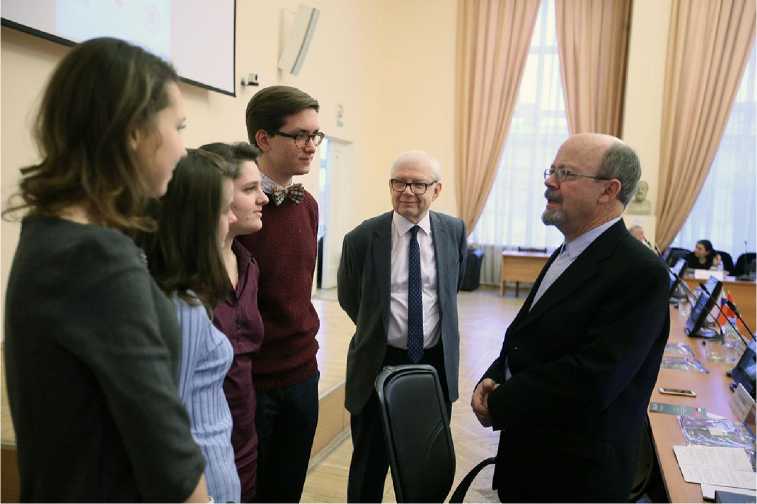
Fig. 1. Professor J.P. Nielsen and A.A. Komarov is talking to students during the international scientific conference “Neighbors in the Far North: historical ties between Russia and Norway” at the Murmansk Arctic State University on April 26, 2018.
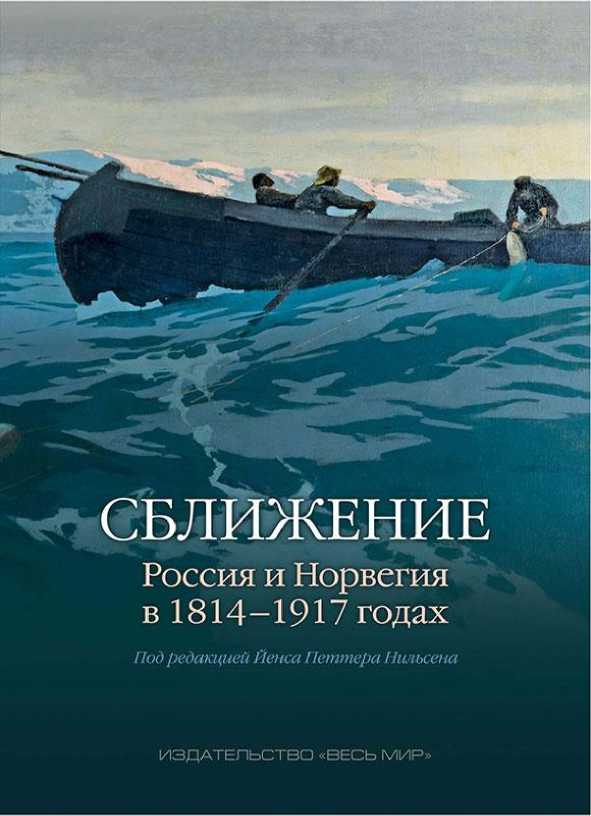
Fig. 2. Cover of the collective scientific monograph “Rapprochement: Russia and Norway in 1814-1917” (М.: “Ves Mir”, 2017).
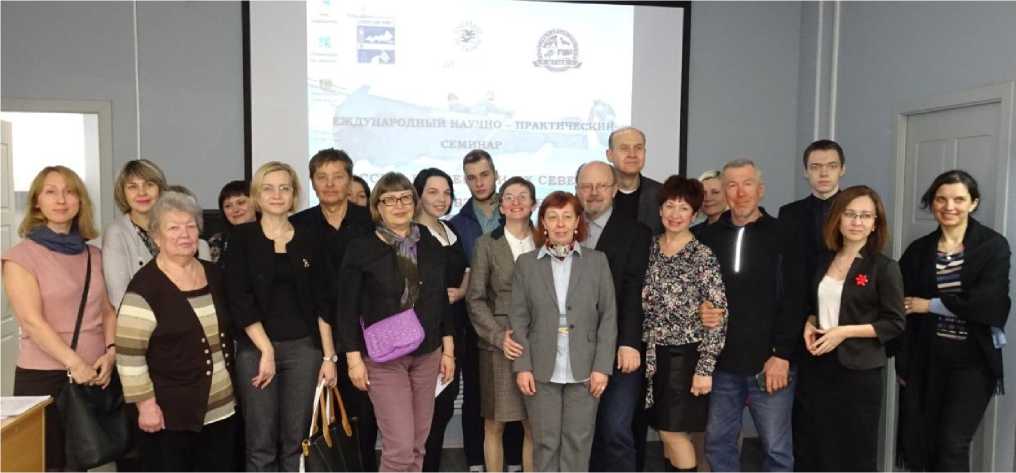
Fig. 3. Speakers and residents of the towns of Nikel and Zapolyarny at the international scientific seminar “Russia, Norway and their North. Historical Relations” at the Historical and Local History Museum of the Pechenga District of the Murmansk Region, the border town of Nikel, April 25, 2018.
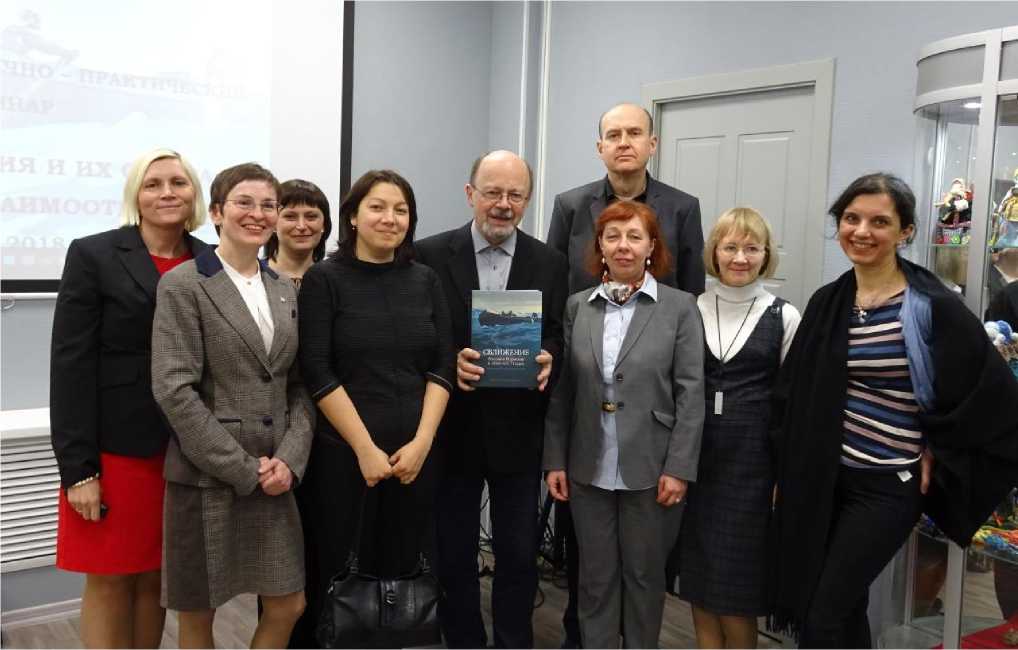
Fig. 4. Participants of the international scientific seminar “Russia, Norway and their North. Historical Relations” at the Historical and Local History Museum of the Pechenga District of the Murmansk Region, the border town of Nikel, April 25, 2018.

